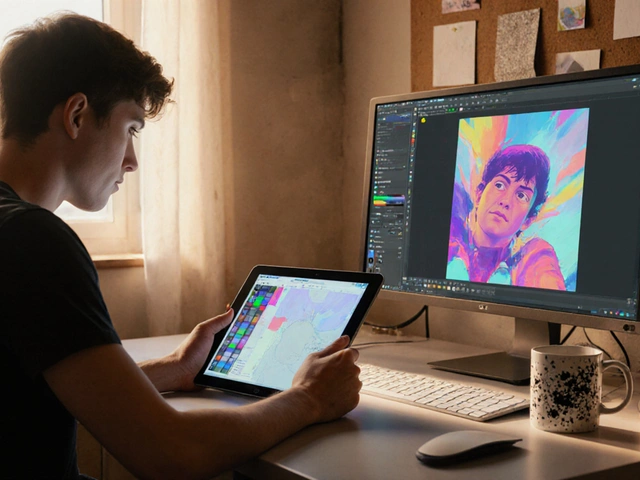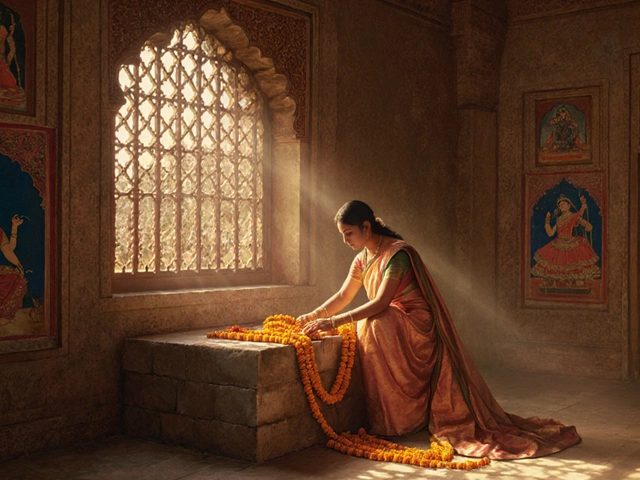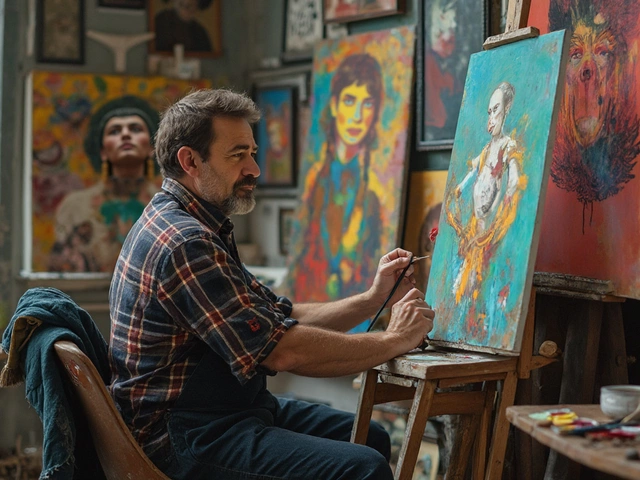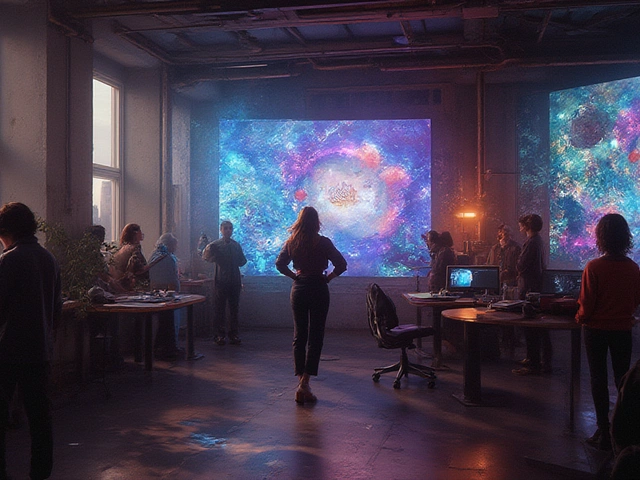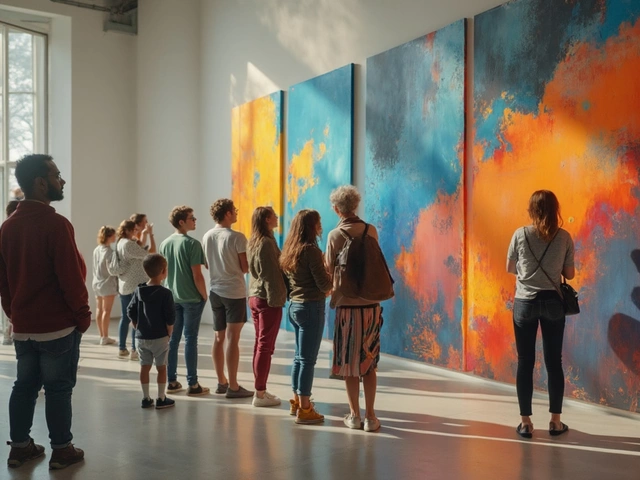Photo to Art: Turning Pictures into Masterpieces
When you hear photo to art, the process of converting a photograph into a piece of visual art using digital or analog techniques. Also known as photo‑art conversion, it blends creativity with technology. The workflow often starts with image scanning, capturing the photo at high resolution for later manipulation or a direct high‑resolution photo file. From there, color management, a system that ensures the colors you see on screen match the final print becomes crucial. Finally, digital printing, producing the artwork on archival paper or canvas using giclée or inkjet technology locks your vision in physical form. In simple terms, photo to art encompasses image scanning, demands color management, and relies on digital printing to deliver lasting results.
Most creators start in familiar software like Photoshop or Lightroom, but today AI‑driven filters can add painterly strokes, watercolor washes, or vintage grain with a single click. Choosing the right file format matters – TIFF preserves every detail, while high‑quality JPEG keeps file sizes manageable for online sharing. Pay attention to DPI: 300 dpi is the sweet spot for gallery prints, whereas 150 dpi works for larger wall art viewed from a distance. When you combine a well‑prepped file with a calibrated monitor, the printed piece mirrors the screen image almost exactly. This is why many artists invest in a color‑calibrated display and a printer that supports a wide color gamut; the better the hardware, the richer the final artwork.
Beyond the technical side, think about how the finished piece will live in the world. A giclée print on museum‑grade paper makes a great home‑office accent, while a canvas wrap can become a striking focal point in a living room. Artists also sell limited‑edition runs, using serial numbers and certificates of authenticity to add value. For hobbyists, gifting a custom‑made photo‑to‑art print for birthdays or anniversaries adds a personal touch that outshines generic gifts. Whatever your goal, the process teaches you a handful of transferable skills: mastering resolution, controlling color, and selecting the right substrate.
Below you’ll find a curated collection of articles that dive deeper into every step – from sketching inside galleries and understanding copyright, to mastering digital prints and monetising your creations online. Each post adds a piece to the puzzle, helping you turn an everyday photo into a work of art you can proudly display or sell.
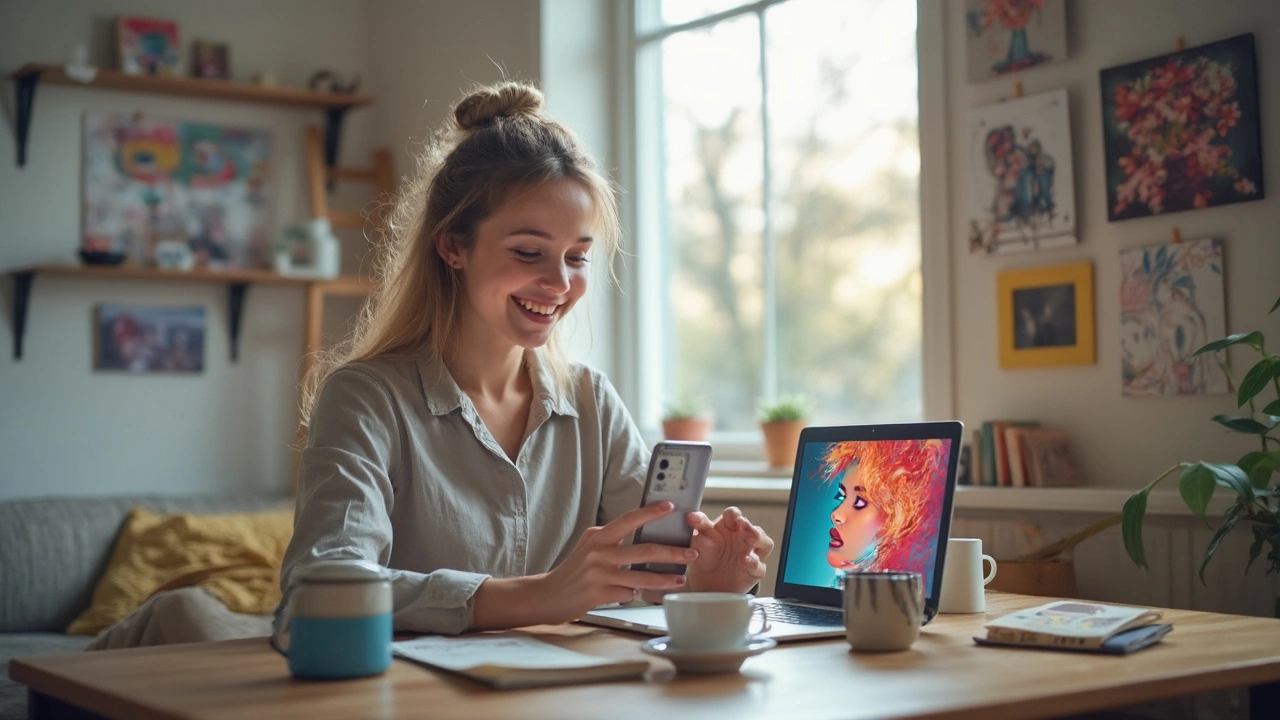
Turning a regular photo into digital art isn't just for tech pros or artists—you can do it right on your phone or laptop. This guide breaks down the easy and practical steps to convert images to digital art, no matter your skill level. You’ll learn about free and paid tools, what to expect with different styles, and smart tips to make your digital creations pop. Whether you’re making profile pics, gifts, or just having fun, these steps will help you get professional-looking results. Forget the confusing jargon—this article gets straight to what works.
